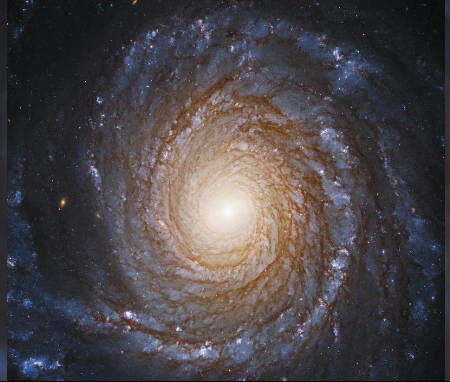Astronomers have made an exciting discovery—a pair of supermassive black holes on the brink of a collision. Located in the galaxy MCG-03-34-64, roughly 800 million light-years away, this cosmic event is a rare occurrence.
Using the Hubble Space Telescope, researchers detected three bright optical ‘hot spots’ in this distant galaxy. Upon further observation with the Chandra X-ray Observatory and radio data, it became clear that two of these spots were actually black holes positioned closely together.
These two supermassive black holes are expected to merge in around 100 million years. This event will send powerful gravitational waves through space and could lead to a flurry of galactic activity, including bursts of star formation.
The collision provides astronomers with a rare glimpse into galaxy collisions. Such interactions are crucial for understanding the formation and evolution of galaxies in the universe.
The black holes are classified as Active Galactic Nuclei (AGN), meaning they are surrounded by intensely bright gas and dust. Studying such objects offers key insights into the behavior of black holes and galaxy evolution.
This discovery sheds light on a process known as “SMBH binary coalescence,” where two supermassive black holes merge, a phenomenon still being studied in detail by scientists.
In the future, gravitational wave detectors like LISA will allow astronomers to observe such mergers with even greater precision, providing deeper insights into the universe.
For now, the discovery of this impending black hole collision adds a new piece to the puzzle of cosmic evolution. It also offers a glimpse into the powerful forces that shape galaxies.
Astronomers continue to study these black holes, hoping to uncover more about their interactions and eventual fate.
This event not only informs us about black holes but also about how galaxies themselves change and evolve over time.
